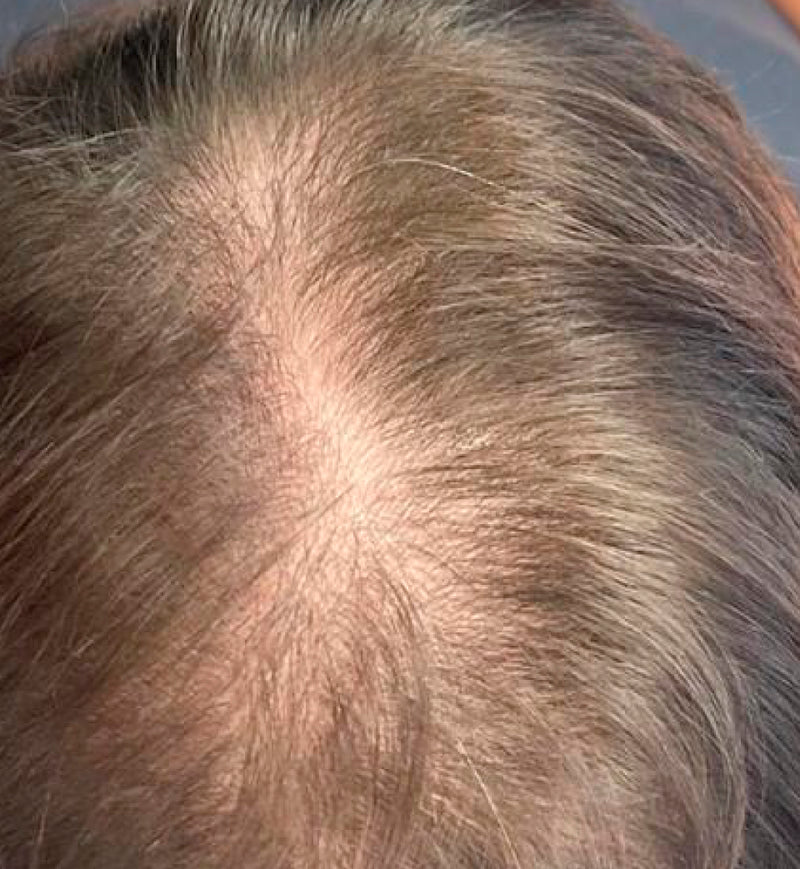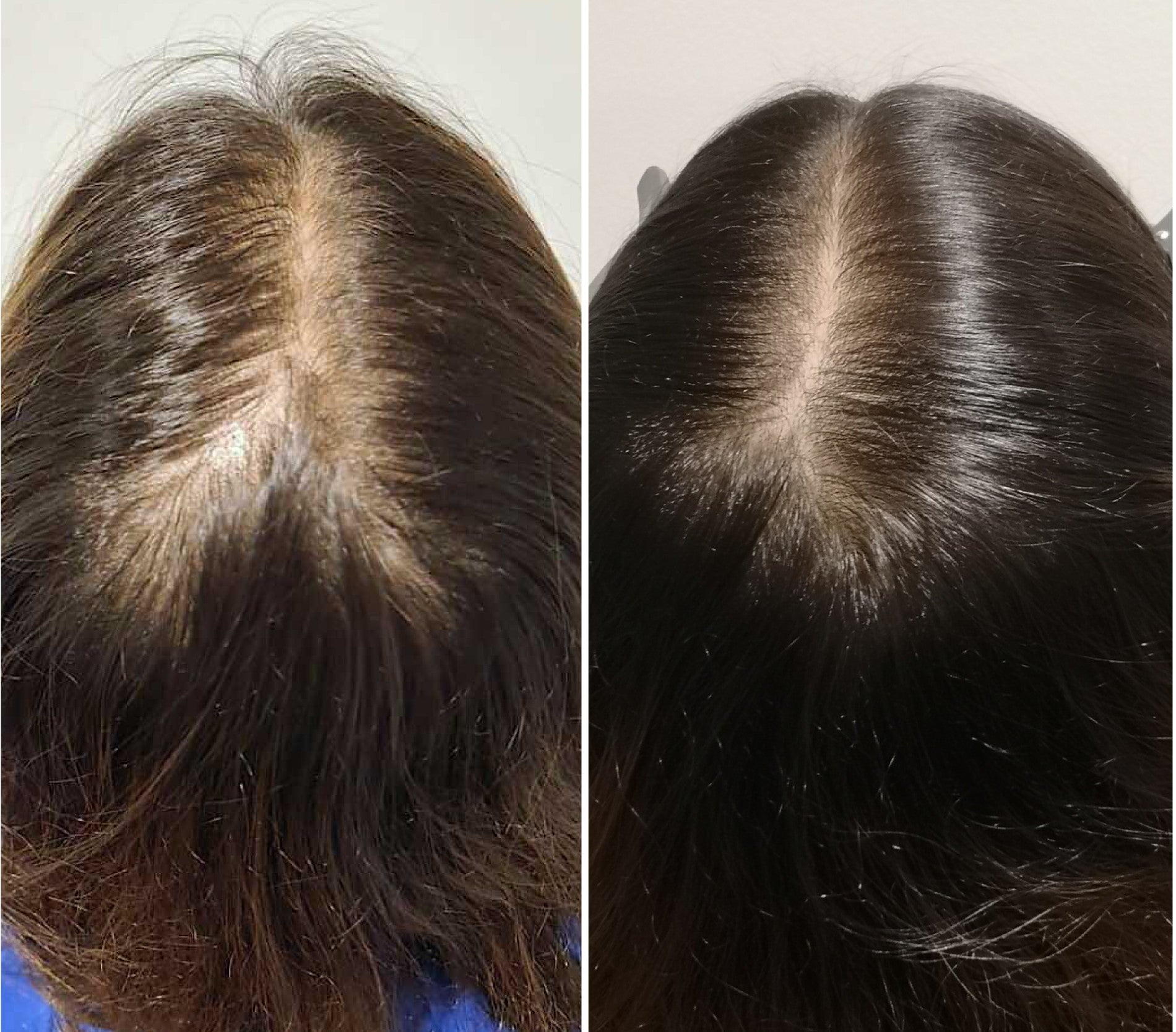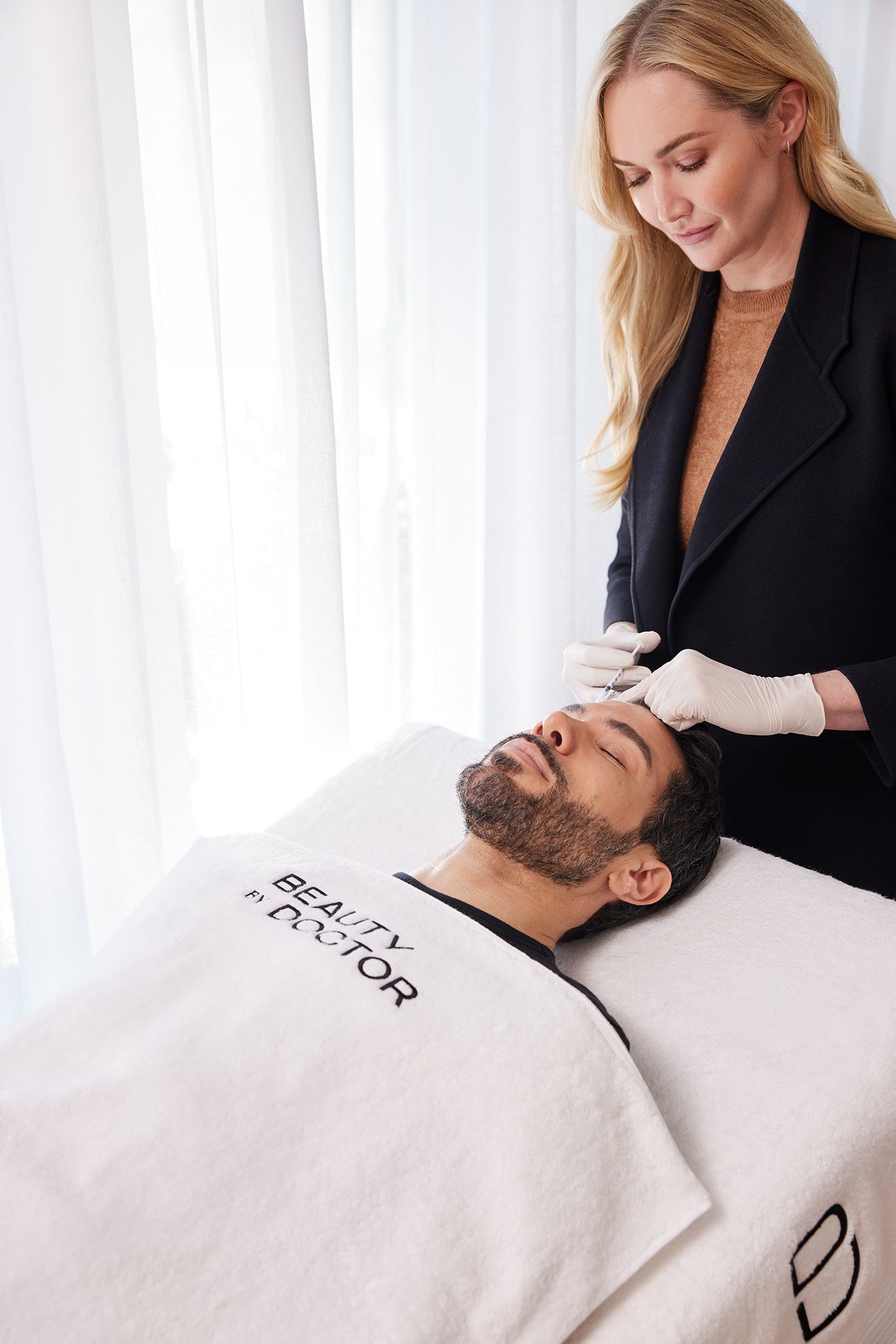Ozempic Related Hair Loss
Ozempic Related Hair Loss
Hair Loss

Hair loss linked to the use of GLP-1 receptor agonist medications, such as semaglutide (found in Ozempic and Wegovy), liraglutide (Saxenda), and tirzepatide (Mounjaro), is an emerging concern for many individuals using these treatments for diabetes management or weight loss.
Understanding Hair Loss Associated with Ozempic and Other GLP-1 Medications: Causes, Mechanisms, and Advanced Treatment Solutions
While not listed as a common side effect in initial trials, reports of hair thinning or shedding, often termed "Ozempic hair loss", are becoming more frequent as these medications gain popularity. This type of hair loss, often related to the physiological changes induced by the medication, particularly rapid weight loss, can cause significant distress. Understanding the potential causes, the underlying mechanisms, and the available advanced treatments is crucial for effective management.
For those experiencing medication-related hair thinning in Sydney, especially within Sydney's Eastern Suburbs, it is important to know that medically supervised, science-backed solutions are accessible.
What is GLP-1 Medication-Related Hair Loss?
GLP-1 medication-related hair loss refers to the noticeable thinning or increased shedding of hair that occurs temporally alongside the use of drugs like Ozempic, Wegovy, Saxenda, or Mounjaro. Unlike patterned hair loss (like male or female pattern baldness), this condition typically manifests as diffuse thinning across the entire scalp, meaning hair density reduces generally rather than in specific spots.
This condition is often linked to a physiological response known as telogen effluvium, triggered by significant bodily changes such as rapid weight loss, rather than a direct toxic effect of the drug on the hair follicle itself. While official data suggests it's a less common side effect, awareness and reporting of "Ozempic hair loss Australia" and similar terms are growing.
What Causes Hair Loss While Using GLP-1 Medications?
The hair loss experienced by some individuals using GLP-1 medications is thought to be multifactorial, with the primary suspected causes including:
Telogen Effluvium: This is the most likely cause. Telogen effluvium is a form of temporary hair shedding triggered by significant stress on the body. Rapid weight loss, a common outcome of using medications like Ozempic or Wegovy, is a known physiological stressor. The body prioritises essential functions, prematurely shifting a larger-than-usual number of hair follicles into the resting (telogen) phase. These hairs then shed a few months later, leading to noticeable thinning.
Nutritional Factors: Significant and rapid weight loss can sometimes lead to temporary nutritional deficiencies (e.g., protein, iron, zinc, essential fatty acids, vitamins) if dietary intake is not carefully managed. These nutrients are vital for healthy hair growth, and deficiencies can exacerbate shedding or slow regrowth.
Metabolic and Hormonal Shifts: The metabolic changes induced by GLP-1 medications and significant weight loss can potentially influence hormonal balances that play a role in hair cycling, although this is generally considered secondary to the telogen effluvium trigger.
Underlying Conditions: It's also important to rule out other potential causes of hair loss that may coincide with medication use, such as thyroid disorders or androgenetic alopecia.
Physiological Changes During GLP-1 Associated Hair Loss
Understanding the physiological changes helps in devising effective treatments for hair loss linked to drugs like Ozempic or Mounjaro:
Shift in Hair Cycle Phases: The primary change in telogen effluvium is the abrupt shift of many hairs from the active growth (anagen) phase to the resting (telogen) phase. This leads to a subsequent increase in shedding 2-4 months later as these resting hairs fall out to make way for new growth.
Follicular Stress: The physiological stress from rapid weight loss or significant metabolic adjustment can put stress on the hair follicles, impacting their normal function and cycling.
Potential Impact on Scalp Environment: Systemic stress and potential nutritional fluctuations could temporarily affect the scalp's microenvironment, possibly impacting microcirculation or inflammatory status, further contributing to shedding.
What Signs Should You Look For?
Recognising the signs early allows for timely assessment and management:
Diffuse Hair Thinning: A general reduction in hair volume across the scalp, often noticeable when styling hair or seeing more scalp visibility.
Increased Hair Shedding: Finding significantly more hairs on hairbrushes, pillows, or in the shower drain than usual. This typically starts 2-4 months after initiating the medication or experiencing significant weight loss.
Reduced Ponytail Volume: A noticeable decrease in the thickness of a ponytail.
Wider Parting Line: While not patterned loss, diffuse thinning can make the natural part appear wider.
Advanced Treatments for GLP-1 Associated Hair Loss: A Holistic Approach
Given that GLP-1 associated hair loss is often linked to telogen effluvium triggered by weight loss or metabolic shifts, the approach focuses on supporting the hair follicle, encouraging regrowth, and optimising scalp health.
At Beauty by Doctor in Bondi Junction, Sydney, Medical Director Dr Phoebe Jones and her team offer advanced, science-based protocols tailored to manage and help reverse medication-related hair thinning.
The BBD Hair Restoration Protocol for Medication-Related Hair Loss Featuring Calecim® Professional
Our signature hair restoration approach is personalised, combining clinically proven treatments designed to support hair recovery:
Stage 1: Calecim® Professional Advanced Hair System
What it is: Calecim® uses proteins, growth factors, and cytokines derived from ethically sourced umbilical cord lining stem cells.
How it works: These bioactive components help revitalise follicle health, support the natural hair growth cycle, reduce scalp inflammation, and encourage thicker, healthier hair regrowth, counteracting the effects of follicular stress.
Stage 2: Microneedling for the Scalp
What it is: This innovative technology deeply stimulates scalp tissue. Microneedling creates micro-injuries that trigger natural healing, enhancing blood flow, boosting collagen synthesis, and maximising absorption and efficacy of the Calecim® serum.
How it works: It creates controlled micro-injuries that stimulate the body's healing response, boosting growth factor release, collagen production, and scalp microcirculation. This process also creates channels for enhanced penetration and effectiveness of the Calecim® serum.
Stage 3: LED Light Therapy
What it is: Utilises specific wavelengths of red and near-infrared light clinically shown to improve cellular function and scalp health.
How it works: This non-invasive therapy helps reduce inflammation, increase cellular energy production (ATP) in follicles, improve blood flow, and support the conditions needed for healthy hair regrowth.
Stage 4: Personalised Prescription Topical Medications
What it is: After a thorough medical assessment, our physicians can prescribe compounded topical hair formulations tailored to individual needs.
How it works: These treatments often include ingredients to improve scalp blood flow, reduce micro-inflammation, and directly stimulate follicles to encourage and sustain hair regrowth. Note: Oral finasteride is not prescribed for females.
Ongoing Maintenance for Lasting Results
While telogen effluvium related to weight loss can be temporary and hair may recover naturally over time, treatment aims to accelerate and optimise this recovery. For individuals continuing on GLP-1 medications long-term, or those with underlying predispositions to hair thinning, a maintenance plan involving periodic clinic treatments (like Calecim®, Morpheus8, LED) and continued use of personalised topical medications may be beneficial to sustain hair density and scalp health.
Frequently Asked Questions (FAQs)
How soon will I see results from treatment? Improvements in hair shedding and scalp health may be noticed within 6-8 weeks. Visible regrowth and increased density typically become apparent after 3-6 months of consistent treatment as hair cycles progress.
Is Microneedling treatment painful? Discomfort is generally well-managed with options like oral pain medication and nitrous oxide (happy gas), depending on suitability. Most patients tolerate the procedure well, reporting mild heat and prickling sensations.
Who is suitable for these treatments? Individuals experiencing diffuse hair thinning or increased shedding while using GLP-1 medications (like Ozempic, Wegovy, Saxenda, Mounjaro) are potential candidates. A consultation including medical history review is essential to confirm suitability, rule out other causes, and set realistic expectations. This includes exploring "semaglutide hair loss treatment" options or addressing "hair loss from weight loss drugs like Wegovy".
Are results permanent? If the hair loss is purely telogen effluvium triggered by a temporary event (like initial rapid weight loss), hair density often recovers well, and treatments help maximise this recovery. If medication use is ongoing, or other hair loss factors are present, results are best sustained with an ongoing maintenance strategy.
Take Control of Medication-Related Hair Loss Today
Experiencing hair loss while using medications like Ozempic or Mounjaro doesn't have to be passively accepted. Advanced, clinically supported treatments are available to help manage shedding and promote healthy regrowth.
Serving individuals across Bondi Junction, Sydney's Eastern Suburbs, and the greater Sydney area, the expert team at Beauty by Doctor are dedicated to providing personalised solutions for medication-related hair concerns, helping you achieve thicker, healthier hair.
For more information on the BBD Advanced Hair Loss Treatment featuring Calecim® Professional, click HERE.
To discuss your specific hair loss concerns related to Ozempic, Saxenda, Mounjaro, Wegovy, or other GLP-1 medications, schedule your consultation at Beauty by Doctor today.






